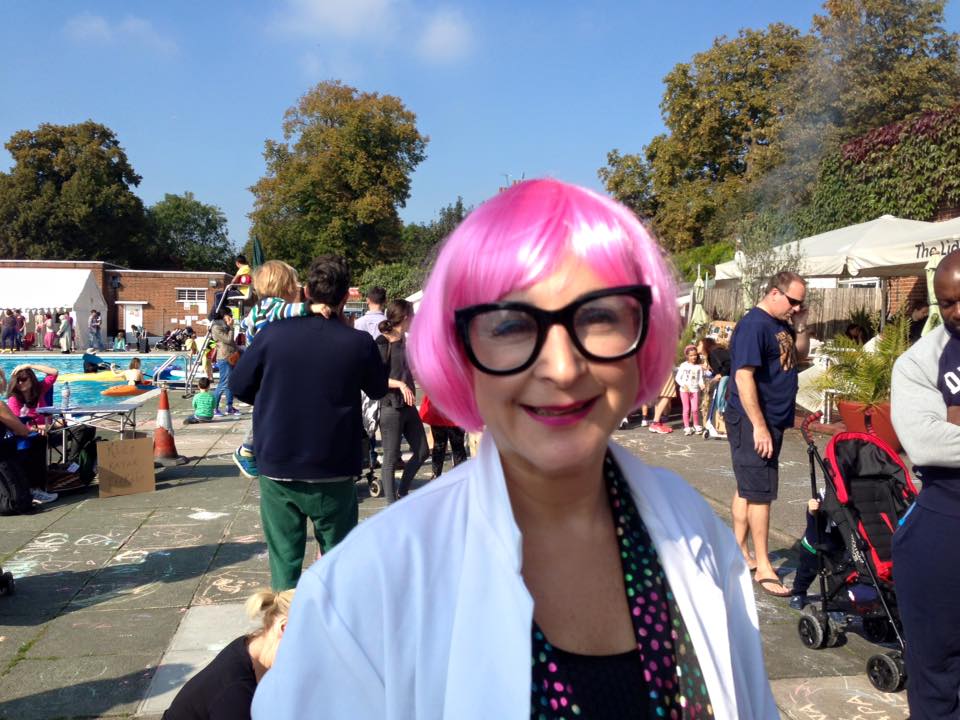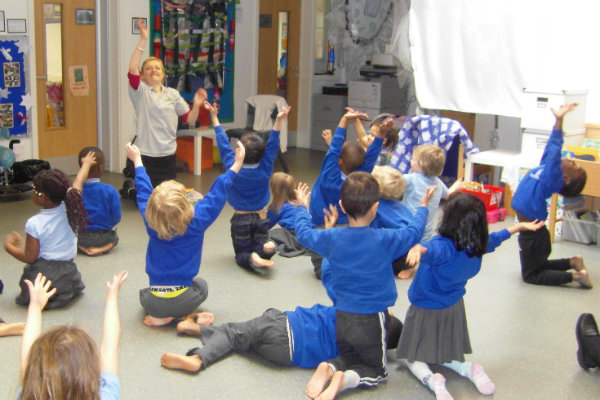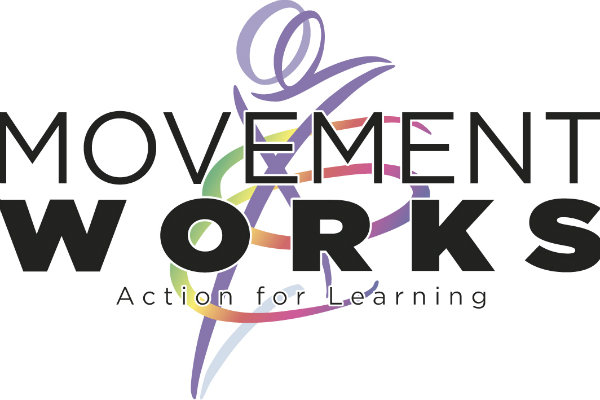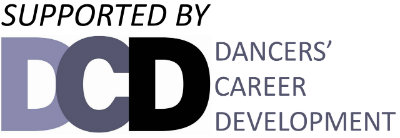Is it possible to be both an artiste and a scientist?
I have decades of experience as a professional choreographer1 and my current research interest is informed by that career. With this background in the creation and skilled observation of movement, as a dance scientist I’m intrigued by the power of the interface of dance, as a tool for education.
Dance Science can be thought of as a dance specific offshoot of Sports Science. Specialist areas are similar and include Physiology, Biomechanics and Psychology. As a comparative discipline to its sport-focused sibling, Dance Science is in its infancy. Much work is still to be done to support artistes in elite and pre-vocational domains as well as improving healthy dance practice in the general community.
My research interests are in the neurophysical. The field of dance and neuroscience is a frontier just beginning to be explored. This area of work may have far reaching impact on the way we understand ourselves. For example, new research findings regarding action perception may influence the way we appreciate the multi-modal aspects of the nature of dance to affect our interactions with each other (Kirsch & Cross, 2015)2 .Widening and deepening engagement with these areas of dance research may serve to introduce more learners and educators to the previously discreet dancers’ experience of embodied knowledge and the ways we actually develop and shape our understanding at a neural level through movement.
Supported by an RSA catalyst award, I’m currently focused on bringing a practical application of my research into schools, enabling our youngest learners to optimise their development through neuroscientifically informed dance movement activity. A significant barrier to disseminating this work is a general lack of awareness of the relationship movement has to learning, so I have created an alter ego, which enables me to connect with the public in the context of my work. Here’s me (in the picture below) as ‘Myeli Nation”3 engaging with the public through participating in choreography and talking to the crowd afterwards about the brain-body connection.

One Sunday afternoon getting groovy with folks at Brixton’s Fun Palace4 (Image credit: MovementWorks)
Dance is still the most undervalued of the arts. In the national curriculum it straddles the arts and physical education making its identity and unique contribution often obscured and frankly dismissed in education policy. Yet, through the lens of neurodance, there is a growing body of evidence that indicates that many aspects inherent in dance are not just for ‘fun’, or even to enhance well-being and foster creativity (which is not to undermine these important attributes). All too frequently what gets lost is that dance participation can also significantly contribute to raising academic attainment, the primary objective in the current education system. This is particularly relevant to very young children who are predominantly kinaesthetic learners but are increasingly surrounded by an emphasis on technology and often lacking in high quality movement opportunities.
“...our education culture skips over anything to do with embodied learning and we never make up the lost ground"
- Penny Greenland MBE5
I set up MovementWorks in 2012 specifically to provide and promote quality movement education with particular emphasis on the young, their carers, educators and the wider community. The organisation aims to reach those who may not otherwise have access to movement-based learning experiences and fosters the global benefits of Developmental Dance Movement™ in Early Years and Primary Education. The MovementWorks approach focuses on the interface between cognitive neuroscience, educational theory and movement research. Research findings highlight particular gains for children with special educational needs.

‘Action For Learning’ - MovementWorks in session (Image credit: Movementworks)
Profoundly transformative movement and dance work based in neuroscience is also taking place in the U.S. As my own action research* in mainstream schools and in areas of special educational needs and disabilities overlaps with this work I have found support from some other inspirational leading pioneers (Kuczala 20156 , Lara, 20157 ). The intention is to lead workshops and conference presentations together in the future. The first joint international dance research workshop with a focus on autism is hapening in London this April, coinciding with World Autism Awareness Week.
Join us at the Autism Movement Therapy Certification Workshop in conjunction with MovementWorks. Rambert Studios, London, April 2nd and 3rd. Register at www.autismmovementtherapy.org and go to Certification Tab. Following this, the work will be presented at Plymouth University as part of an Autism and Alternative Therapies conference.
For detailed information visit www.movementworks.org
If you are interested in this work, would like to be involved with The MovementWorks Project or simply explore some of the issues raised in this blog then please email Mark Hall, RSA London Regional Programme Manager: [email protected].
With grateful thanks to the RSA fellowship and to The Dancers Career Development for supporting the progression of this work8.
Author references:
1.The Girl in the Yellow Dress 2015
2.Kirsch, L. & Cross, E. 2015. Additive routes to action learning: layering experience shapes engagement of the Action Observation Network. Cerebral Cortex, 25(12): 4799-4811
3.Myelination enables nerve cells to transmit information faster and allows for more complex brain processes.
4.The idea of a Fun Palace was first conceived by Joan Littlewood as a fantastical utopian place to create stronger communities through the sharing of arts and sciences. Her vision finally came to fruition. Co-Director of the event, Stella Duffy has written a blog post4 about the leap from the 1960s idea to now.
5.Greenland, P. (2009). http://www.jabadao.org
6.Kuczala, M. (2015) Training in motion: How to use movement to create engaging and effective learning. Amacom.
7.J, Lara. (2015). Autism Movement Therapy Method: Waking up the brain. Jessica Kingsley.
8.http://www.thedcd.org.uk/research.php
*Boes, C. & Golding, A. 2015. Evaluation of a Developmental Dance Movement Program as OT Intervention for Children with Autism. British Journal of Occupational Therapy.
*Golding, A; Boes, C. & Nordin-Bates, S. (Under review). Investigating learning through developmental dance movement as a kinaesthetic tool in the Early Years Foundation Stage.



Be the first to write a comment
Comments
Please login to post a comment or reply
Don't have an account? Click here to register.